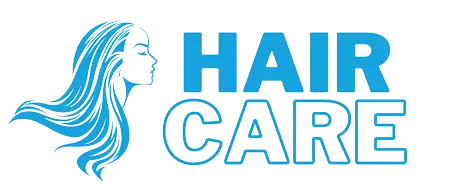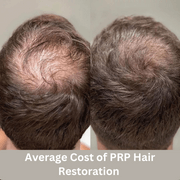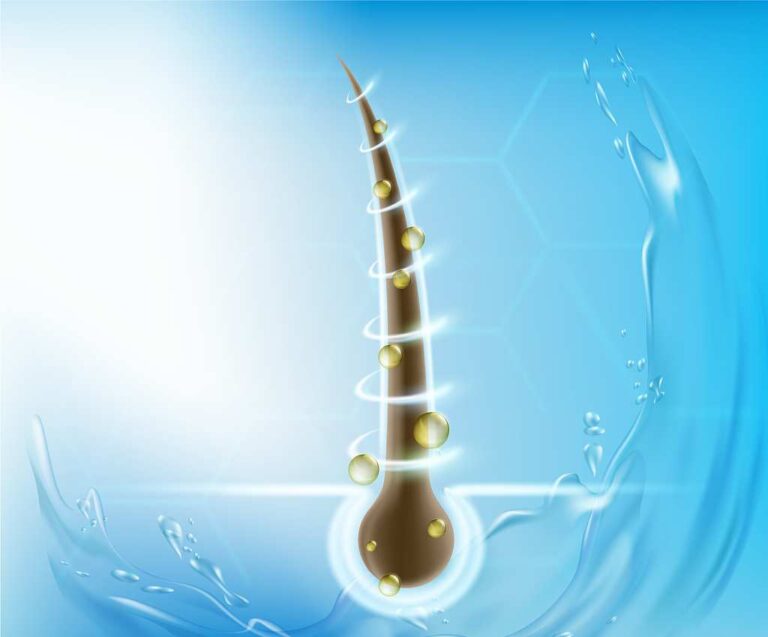Topical Minoxidil Side Effects: Is Good For Hair Loss?
Home remedies work wonders in improving the quality of your hair. However, for some serious hair issues, no home remedies have been found that effective so far. Serious hair issues can only be treated using medicated products but it also have effects like Minoxidil Side Effects. There are hundreds of medicated products that people use for hair shedding or hair loss, the most commonly suggested and used one is Minoxidil.
Minoxidil is an FDA-approved medicine that can be bought and used without even a prescription. However, it is better not to consume the medicine without having any clue of its use, minoxidil adverse effects, and results. If you are planning to take Minoxidil as well, here is what you need to know;

Use Minoxidil for Hair regrowth
Minoxidil is a worth-considering drug that has many uses. However, the few major ones are
- Hair growth – Minoxidil is proven to boost hair growth. It grows the hair by reversing the miniaturization of follicles, increasing the blood flow around the follicles, stimulating the follicle movement to the growth phase, and extending the growth phase.
- Regrowth – Besides boosting the growth of healthy hair, it’s a little-known fact that Minoxidil is quite helpful in regrowth as well. The regrowth process is generally slow, it takes about 4 to 5 months to show noticeable signs of regrowth. However, Minoxidil is only effective for regrowth for people in the initial stages of the hair loss process.
- Patterned baldness – This FDA-approved medicine minoxidil is used for patterned baldness in both males and females pattern hair loss. It is more effective in treating patterned baldness in females and even has been approved as the best medicine for this purpose.
- Slow down the balding process – Since Minoxidil targets the shrinking and shrunk follicles, it happens to be quite helpful in slowing down the balding process.
- Strengthen the hair strands – Minoxidil is known to be a drug that works for balding and hair thinning. However, it works wonders in strengthening the weak, brittle, strands of your hair that lead to more complicated hair issues; hair fall, and breakage as well.
- Thickening hair – The medicine is equally useful for males or females wanting to have thick hair. As stated above, Minoxidil works on widening the follicles. It is no secret that widened follicles promote hair thickness and density.
- Other uses – Surprisingly, Minoxidil is a medicine that does not only target hair. It eases and treats several other issues as well. More specifically, high blood pressure, strokes, attacks, and kidney problems
Minoxidil side effects on Hair Follicle
Almost more than 90% of Minoxidil users notice visible signs of improvement in hair growth, and regrowth(if taken in the initial stages), reversing the patterned baldness and slowing down the baldness process, hair strands, hair thickness, and density. However, it does not do any magic overnight. It works slowly, generally, 4 to 8 weeks of consistent use shows some signs of improvement. What you should not expect from Minoxidil solution is to cure hair issues completely in a certain period. You have to use it consistently over a long time to maintain the achieved results.
Minoxidil Topical for Hair growth
Minoxidil topical solution is a widely recognized and FDA-approved treatment primarily used for addressing hair loss. Originally developed as a medication for high blood pressure, its unexpected serious side effect of hair growth led to its repurposing as a hair loss treatment. Applied directly to the scalp, Minoxidil works by revitalizing hair follicles and stimulating hair regrowth in individuals experiencing pattern baldness. It’s particularly effective in cases of androgenetic alopecia in both men and women. The mechanism behind its effectiveness is believed to involve the widening of blood vessels in the scalp, which improves blood flow and therefore stimulates and prolongs the growth phase of hair follicles. Available in various forms, such as liquid solutions and foams, Minoxidil is a popular over-the-counter remedy for those seeking to combat hair thinning and loss. However, it requires consistent application and may take several months to produce noticeable results. As with any medication, it’s important for users to be aware of potential side effects and to consult healthcare professionals before starting treatment.
Common Side Effects of Minoxidil
Undoubtedly, Minoxidil targets and improves several hair issues. However, if Minoxidil is not consumed properly it can cause some unwanted side effects. These side effects usually last up to 2 weeks, the person usually does not require any special treatment to ease the condition.
The major side effects of this wondrous hair loss solution are;
- Scalp irritation
- Rashes
- Change in the natural hair color
- Redness, acne, and soreness on the application site
- Abnormal hair growth if the solution gets applied to some other part of the body mistakenly
Topical Minoxidil spray vs oral minoxidil for hair loss
Minoxidil treatment is used for treating hair loss, and it comes in two main forms: topical (such as a spray) and oral.
- Topical Minoxidil (Spray):
- How to Use: Typically, you apply the spray directly to the scalp in the area of hair thinning or loss. The usual recommendation is to apply it twice a day, although specific directions may vary depending on the concentration of the solution (e.g., 2% or 5%).
- Advantages: It’s targeted directly to the area of hair loss, which might reduce systemic side effects. It’s also easy to use and non-invasive.
- Disadvantages: It requires consistent, long-term use to maintain results, and some people might experience scalp irritation.
- Oral Minoxidil:
- How to Use: Oral minoxidil is taken as a pill, usually once or twice a day, depending on the doctor’s prescription.
- Advantages: It’s simple and convenient, especially for those who might forget to apply minoxidil topical treatment regularly. It may also be more effective in some cases as it works systemically.
- Disadvantages: There’s a higher risk of systemic side effects, such as changes in blood pressure, and it might not be suitable for people with certain health conditions.
Which One is Better? The effectiveness and suitability of oral versus topical minoxidil can vary significantly from person to person. Some key considerations include:
- Severity and Type of Hair Loss: One form may be more effective for certain types or patterns of hair loss.
- Side Effects: Some individuals may tolerate one form better than the other.
- Ease of Use: Personal preference for a pill versus a topical application.
- Medical History: Certain health conditions may make oral minoxidil less safe.
It’s important to consult with a healthcare provider to determine which form of minoxidil is most appropriate for your specific situation. They can provide guidance based on your health profile and the nature of your hair loss.
Summary
Minoxidil is an FDA-approved medicine. If consumed properly, it helps with growth, regrowth, hair thinning, patterned baldness, weak brittle strands, and hair thickness and density. Minoxidil works on 90% of people experiencing hair issues. However, it does not show any supernatural results overnight.
It requires around 6 to 8 weeks to show signs of improvement. With all the rewards, it causes some side effects as well. The common side effects include chest pain, dizziness, inflammation, stinging sensation, rashes, headache, irregular heartbeat, rapid weight gain, lightheadedness, acne, and soreness on the application site.





